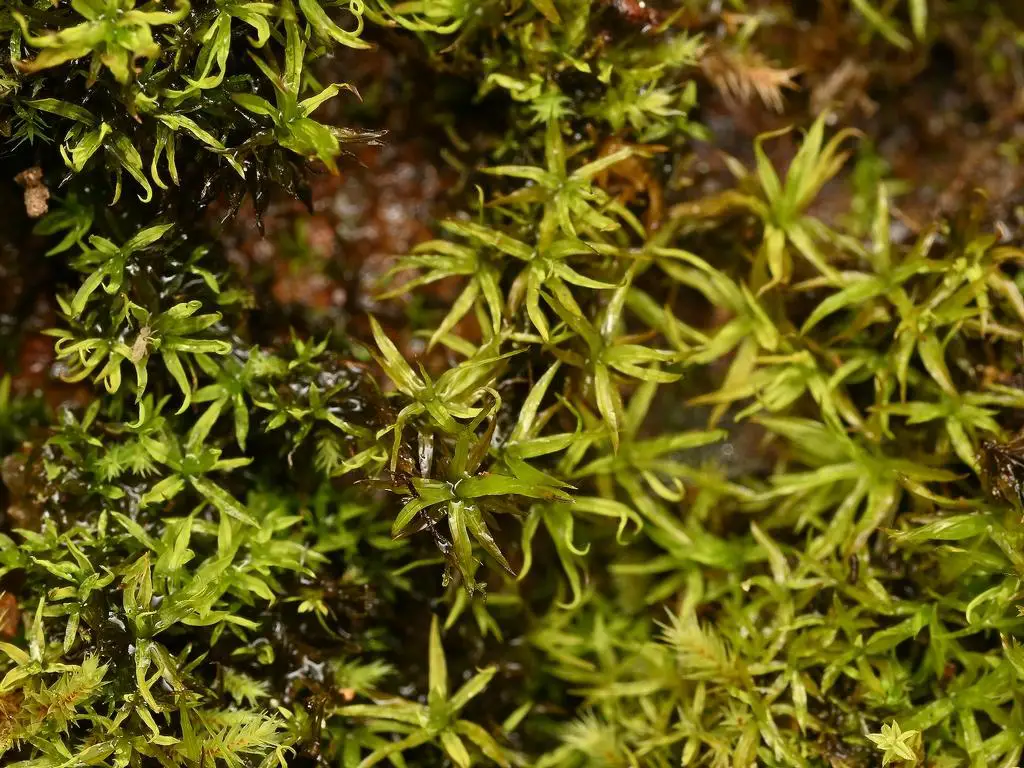Unveiling the Wonders of Oxystegus Moss: A Miniature Marvel with Hidden Depths
Affiliate Disclaimer: As an affiliate, we may earn a small commission when you make a purchase from any of the links on this page at no additional cost to you!
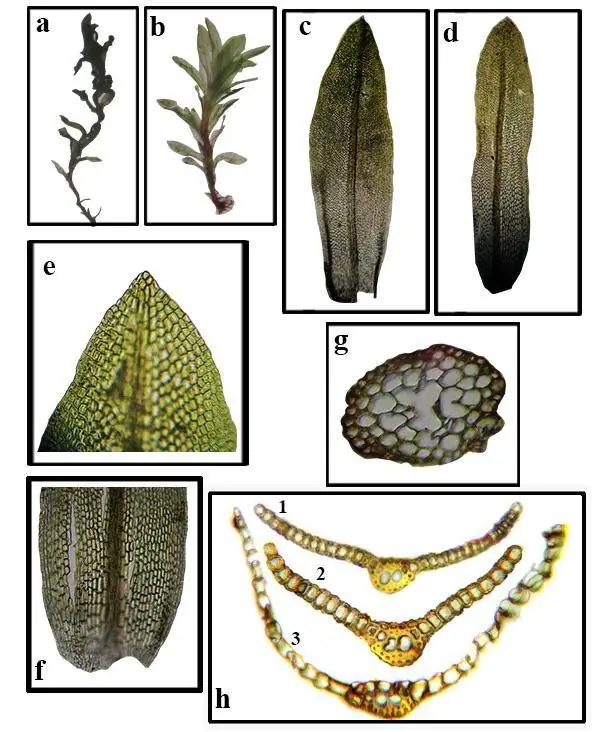
Oxystegus-tenuirostris-a-Dry-Plant-x-6-b-Wet-Plant-x-6-c-d-Leaf-x-38-e-Leaf.jpg from: https://www.researchgate.net/figure/Oxystegus-tenuirostris-a-Dry-Plant-x-6-b-Wet-Plant-x-6-c-d-Leaf-x-38-e-Leaf_fig2_327039639
Exploring the Fascinating World of Oxystegus tenuirostris var. holtii Moss
Introduction
When it comes to the incredible diversity of life on Earth, we often overlook some of the smallest yet most remarkable organisms – like mosses! Today, we’re diving into the captivating world of Oxystegus tenuirostris var. holtii (Braithw.) A.J.E.Sm., a unique moss species of the Pottiaceae family. Also known simply as Oxystegus, this tiny plant packs a big punch in terms of its ecology and adaptations. Get ready to be amazed by this miniature marvel!
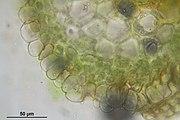
180px-Oxystegus_tenuirostris_(d%2C_143550-482325)_4321.JPG from: https://commons.wikimedia.org/wiki/Oxystegus_tenuirostris
Background on Mosses
Before we get into the specifics of O. tenuirostris var. holtii, let’s cover some moss basics. Mosses are non-vascular plants in the division Bryophyta. Unlike other land plants, they lack true roots, stems, and leaves. Instead, they have root-like rhizoids, stem-like structures called seta, and leaf-like structures called phyllids.
Mosses are found in a wide range of habitats worldwide, from arctic tundra to tropical rainforests. They play important ecological roles, helping with water and nutrient cycling, preventing soil erosion, and providing habitat for many tiny organisms.
Morphology and Identification
Now let’s look at how to identify Oxystegus tenuirostris var. holtii in particular. This moss is classified in the class Bryopsida. It forms small tufts or cushions, typically under 1 cm tall. The phyllids are lance-shaped and have a strong midrib that extends to the tip.
One key identifying feature is the shape of the phyllid cells. In O. tenuirostris var. holtii
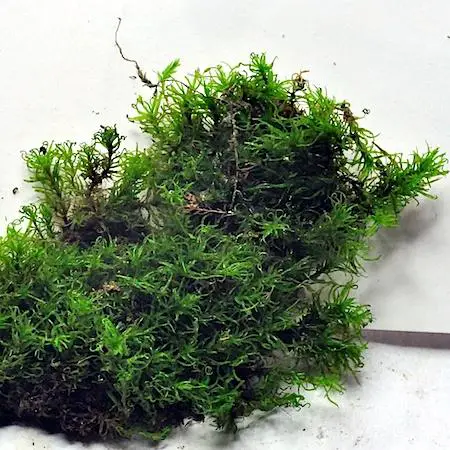
oxystegus_tenuirostris2.jpg from: https://www.luopioistenkasvisto.fi/Sivut/sammalet/turrisammal.html
, the upper phyllid cells are rounded-quadrate to hexagonal and the basal cells are rectangular. The spore capsules are held on a long thin seta and have a characteristic long beak-like lid called the rostrum, which gives this species its name tenuirostris meaning “thin beak.”
Global Distribution and Habitat
Oxystegus tenuirostris var. holtii has a wide distribution, being found in Europe, Asia, Africa, and the Americas. It commonly grows on base-rich rocks and soil, such as on limestone or in chalk grasslands. It can tolerate some disturbance and is often found in old quarries, gravel pits, and on mortar in walls.
In the UK, this variety is most frequent in northern England, with scattered records elsewhere. It is considered “nationally scarce” in Britain. Interestingly, the global distribution of O. tenuirostris var. holtii is not fully understood, as it was only recently separated from the very similar species O. tenuirostris var. tenuirostris. More field surveys are needed to map its full range.
Ecological Roles and Adaptations
Like other mosses, Oxystegus plays an important role in its ecosystem. It helps stabilize the thin soils it grows on and retains moisture. The dense cushions also provide shelter for invertebrates like springtails, mites, and tardigrades.
To survive in its rocky, lime-rich habitats, O. tenuirostris var. holtii has several adaptations:
- Its phyllids have thick cell walls to prevent water loss
AbGWU19JDlwTgD_X_xuPr_V04mi9Rg7noazMNXT6VuPsqF1J4moVBUgsZbSXZrK8-ERPRtRtrMvkfGWp2R9OXBkh5WI-d7RbVq49mqgB2AKgXTjj9u9D2P99iO7WkBbJHw from: http://moseklubben.blogspot.com/
- Rhizoids anchor it to rock surfaces and absorb minerals
- Spores are wind-dispersed to reach new suitable habitats
mutsukonejiregoke230503_1.jpg from: https://soyokaze2jp.blogspot.com/2023/05/blog-post_12.html
- Tolerates a wide pH range from neutral to alkaline soils
Mosses are sensitive to air pollution, so the presence of

120px-Oxystegus_tenuirostris_(d%2C_143550-482325)_4317.JPG from: https://commons.wikimedia.org/wiki/File:Oxystegus_tenuirostris_(d,_143550-482325)_4317.JPG
Oxystegus can be an indicator of good air quality. It is also a useful pioneer species that can colonize bare ground and allow other plants to establish.
Moss Diversity
The genus Oxystegus contains just a handful of species worldwide:
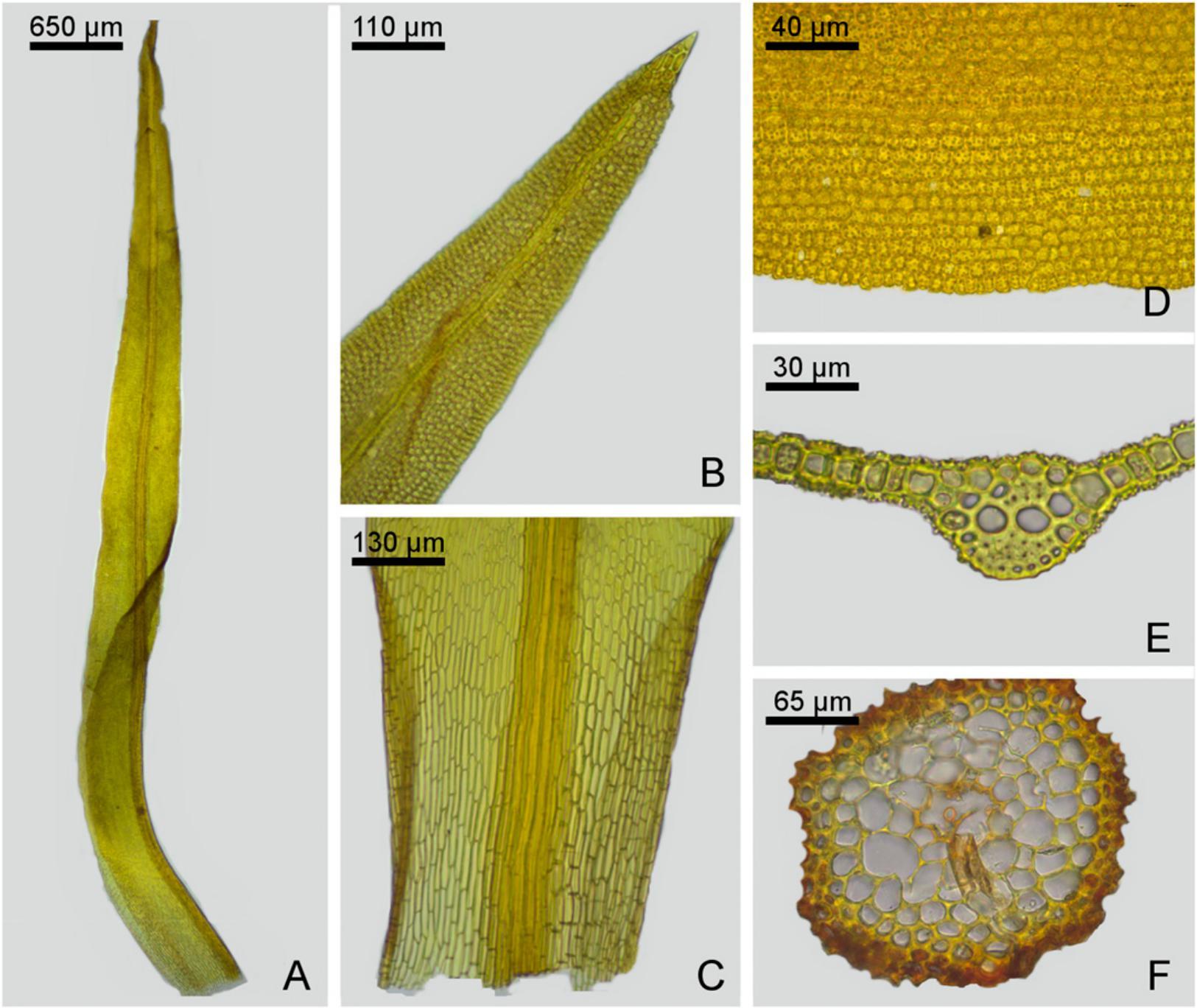
img-z59-1_563.jpg from: https://bioone.org/journals/Annals-of-the-Missouri-Botanical-Garden/volume-104/issue-4/2019381/Taxonomic-Revision-of-Chionoloma-Pottiaceae-Bryophyta1/10.3417/2019381.full
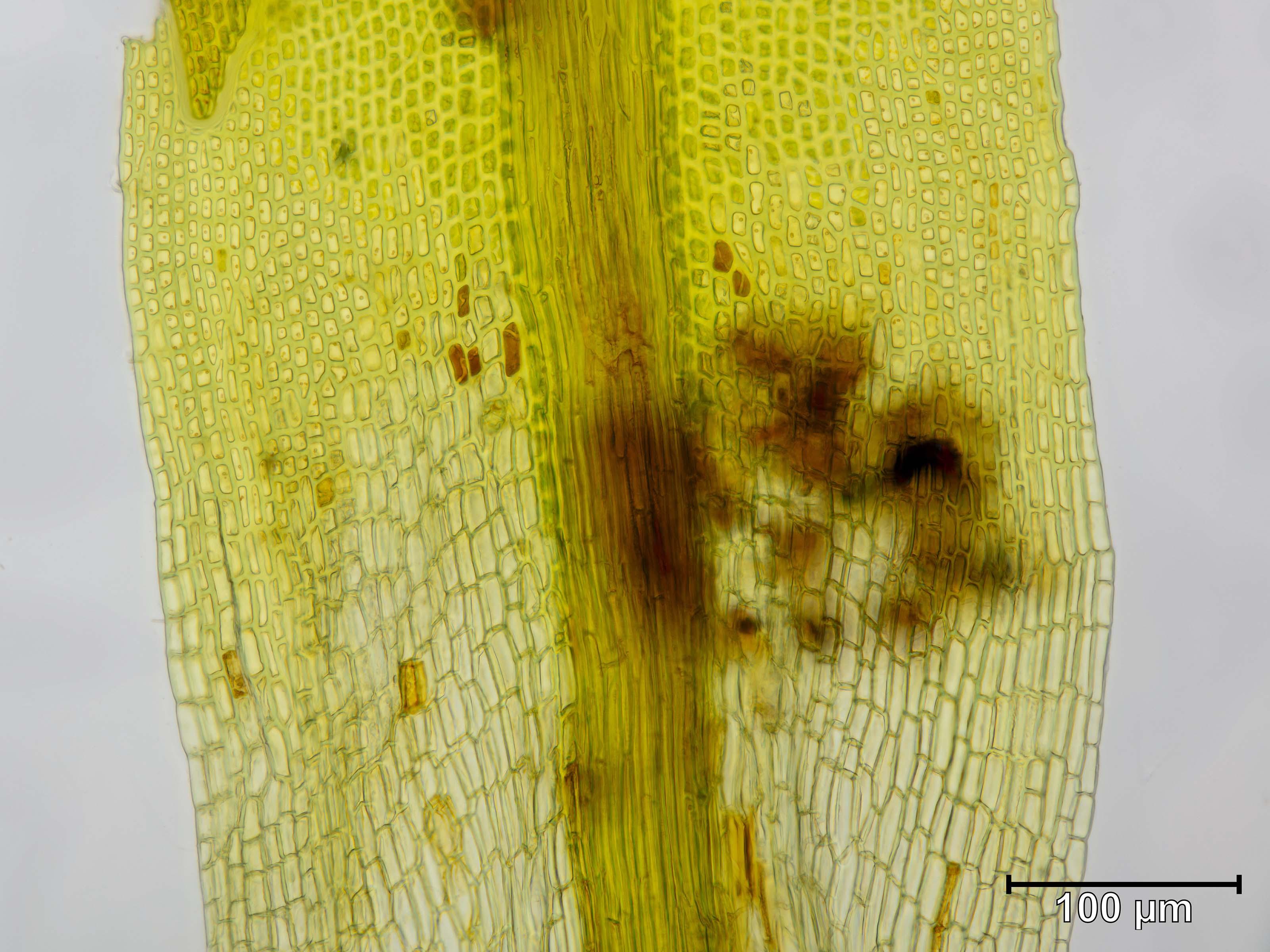
oxystegus_tenuirostris_blattmitte.jpeg from: https://www.korseby.net/outer/flora/bryophyta/pottiaceae/index.html
| Species | Global Distribution |
|---|---|
| O. tenuirostris var. holtii | Europe, Asia, Africa, Americas |
| O. tenuirostris var. tenuirostris | Europe, Asia, Africa, Americas |
| O. cylindricus | Australia, New Zealand |
| O. cuspidatus | Central America |
| O. recurvifolius | Europe, Asia |
This illustrates the remarkable global diversity of mosses, with closely related species found on different continents. Studying the relationships between these species can shed light on the evolution and biogeography of mosses.
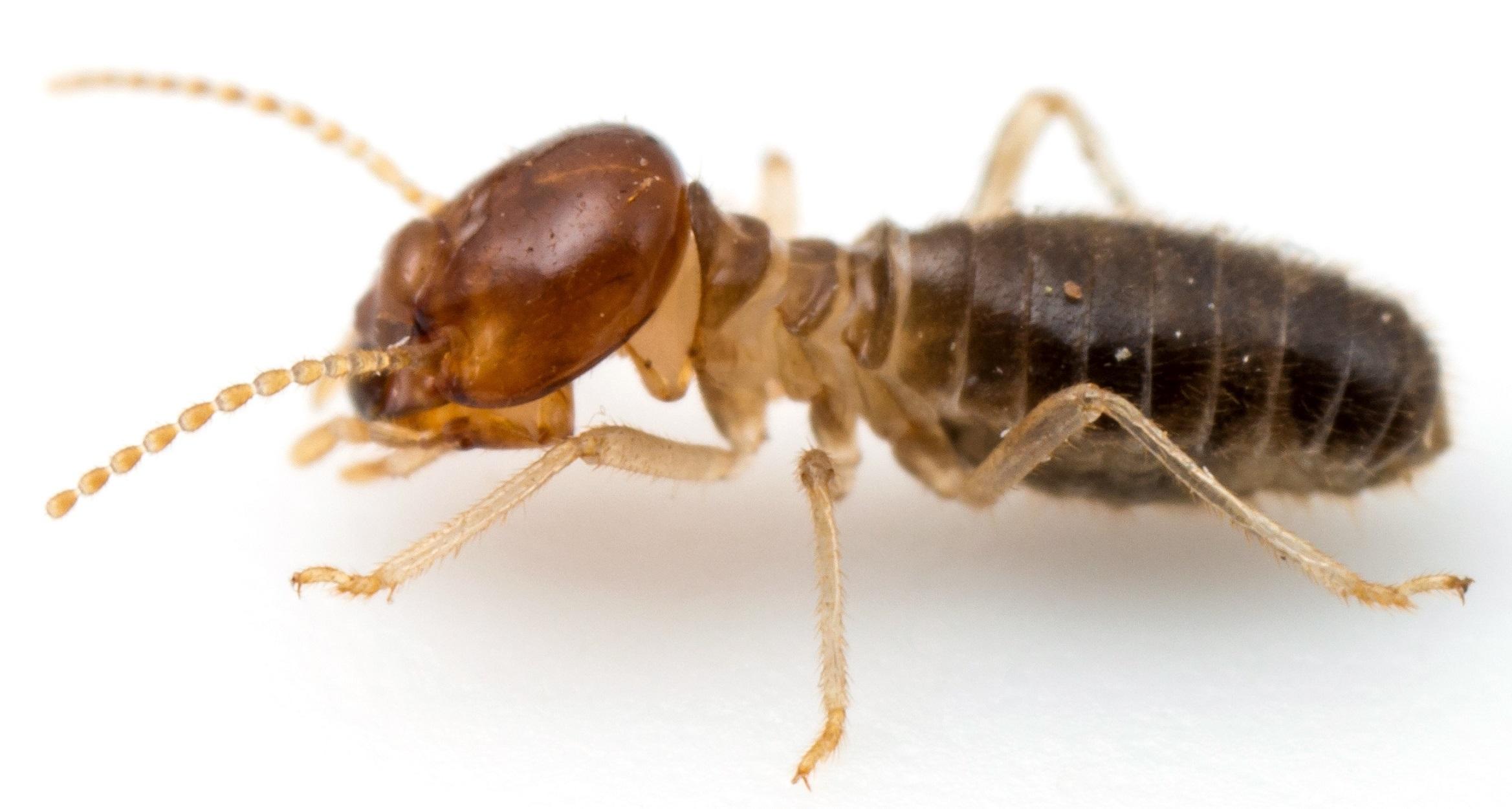
HLGZZLEZ8LUZ7LWZUHCH8HBH4HBHGH1HIHBHXHCHIHVHQL1HSLTH5H6Z8HTHHL5ZXH8ZIHGZ5H2ZSLGZ.jpg from: https://bugguide.net/node/view/2068430/bgimage
Conclusion
The diminutive Oxystegus tenuirostris var. holtii may be easily overlooked, but it has an important story to tell. From its distinct morphology to its ecological roles, this moss is a fascinating example of how even the smallest organisms can have a big impact.
Next time you’re out in nature, take a closer look at the rocks and soil around you – you might just spot a patch of
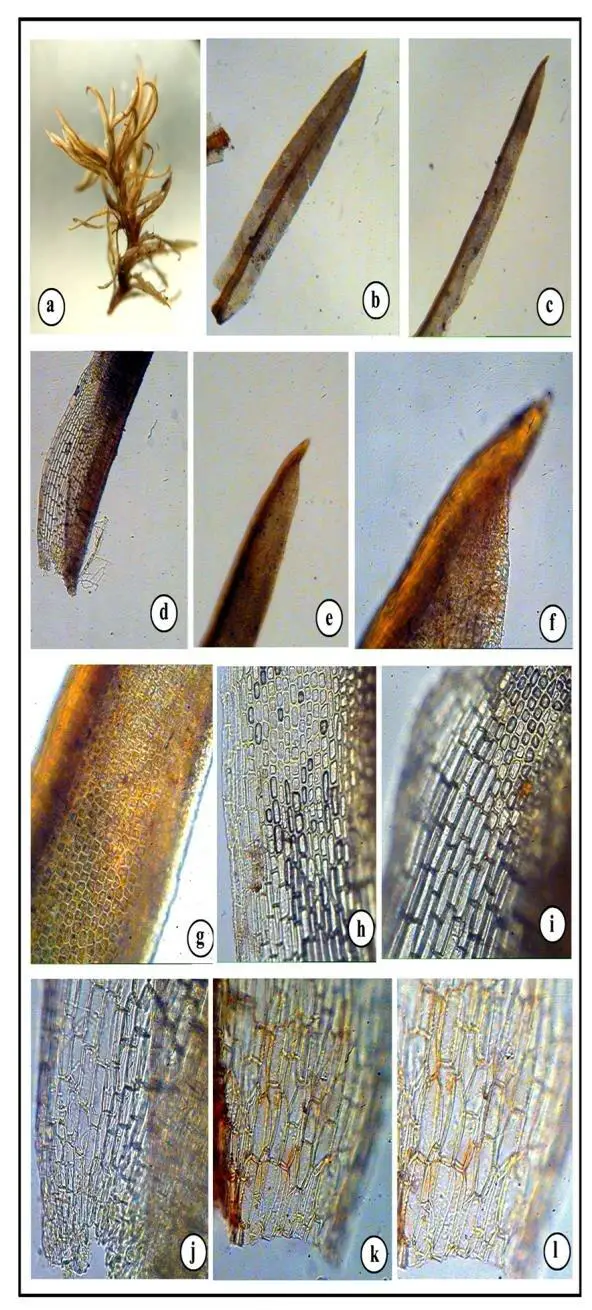
Figure-3-Oxystegus-cylindrothecus-Mitt-Gangulee-a-habit-b-c-leaf-d-leaf-base.png from: https://www.researchgate.net/figure/Figure-3-Oxystegus-cylindrothecus-Mitt-Gangulee-a-habit-b-c-leaf-d-leaf-base_fig2_322790079
Oxystegus! And if you do, take a moment to appreciate the complex life of these amazing non-vascular plants.
What other mini moss marvels have you noticed in your local environment? Share your bryological encounters in the comments below!

